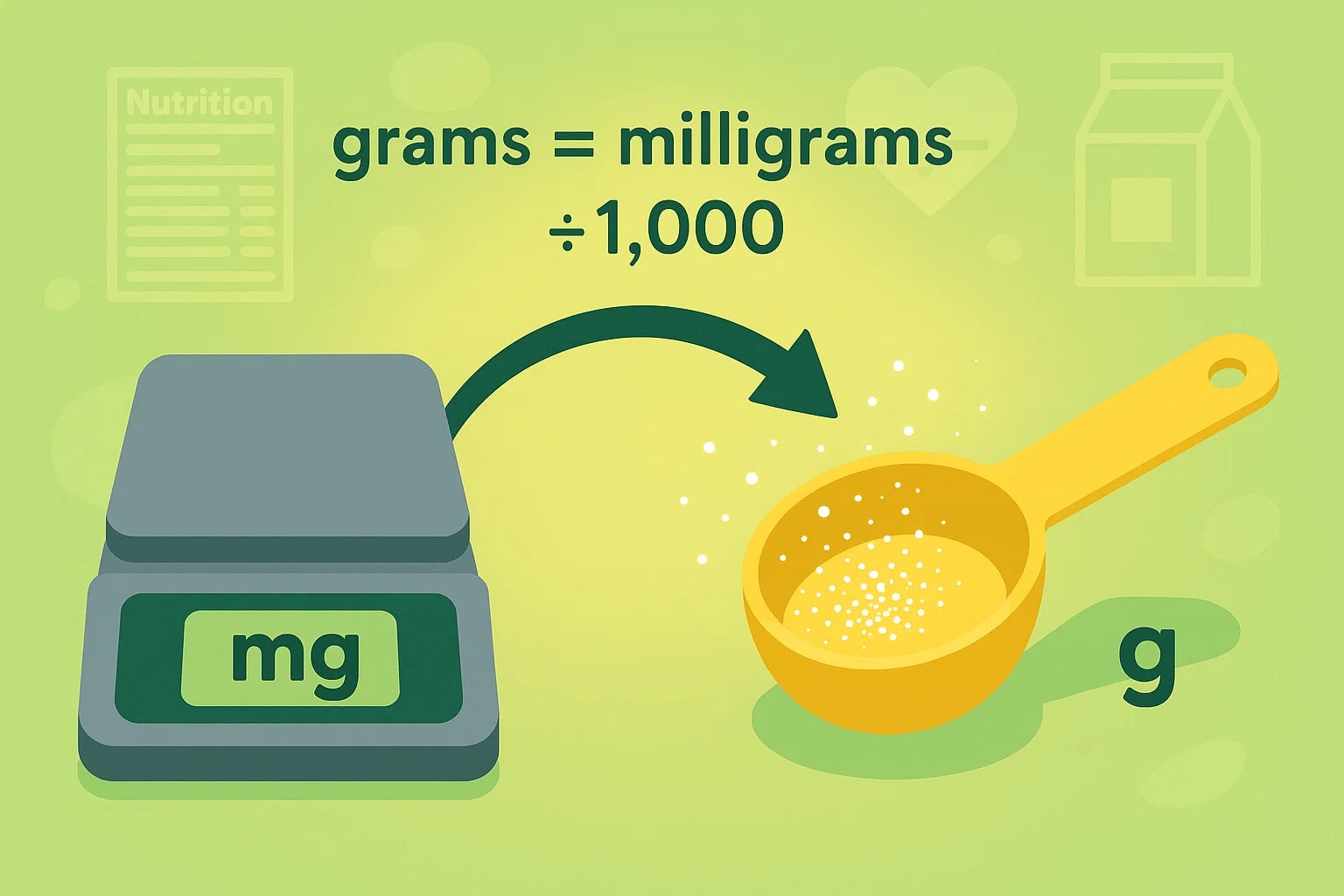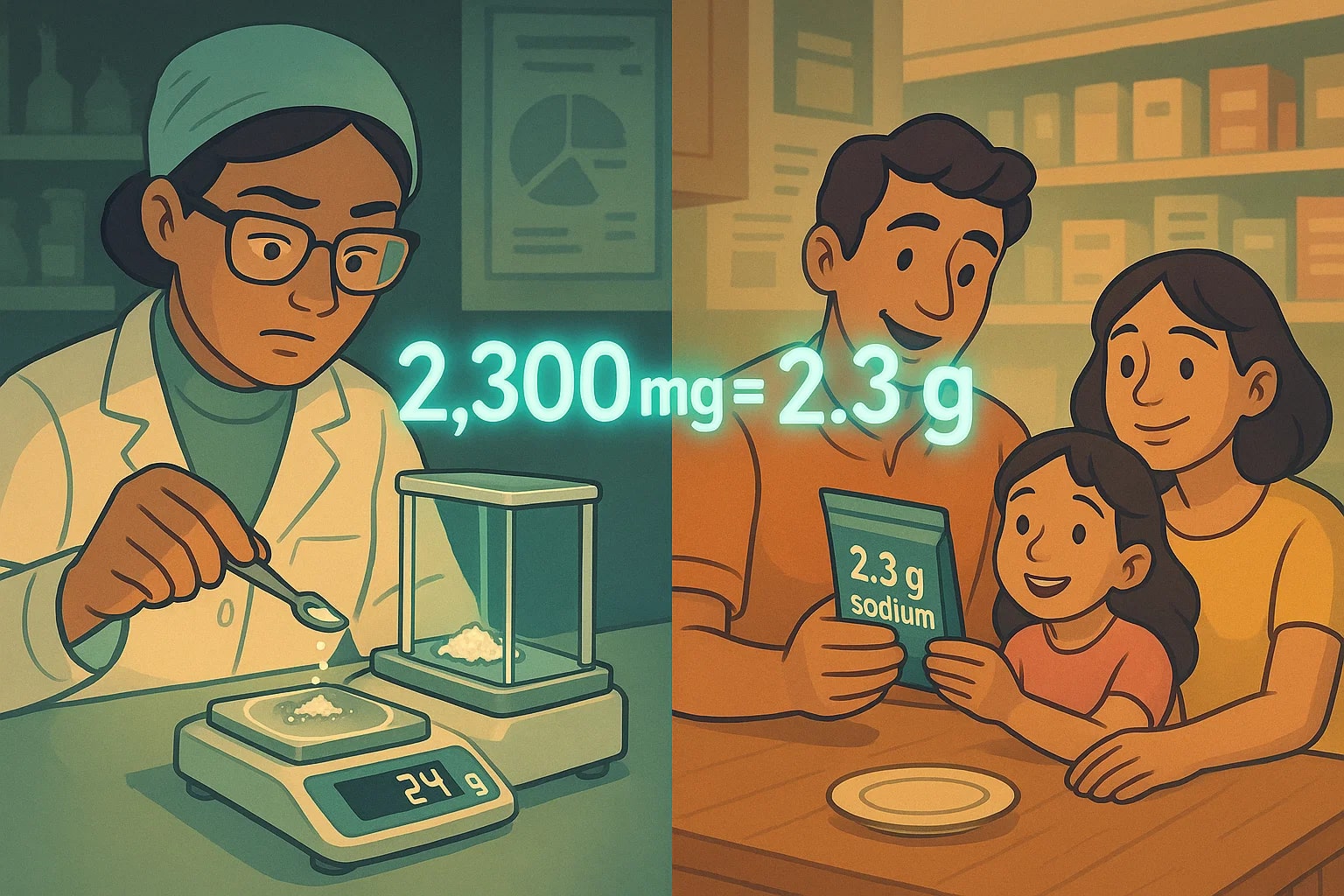milligram to gram – How to convert mg to g
Weight conversions between milligrams and grams appear in daily life more often than many realize. A milligram (mg) equals 0.001 gram (g). This simple but essential conversion supports accurate food labeling, pharmaceutical dosing, laboratory testing, and even sports science.
What is a Milligram?
A milligram is a metric unit equal to one-thousandth of a gram. In scientific notation:
1 mg = 1 × 10⁻³ g
It’s a standard unit in medicine, dietary supplements, and chemistry, where small doses and precise measurements are critical. For instance, tablets often contain anywhere from 50 mg to 500 mg of active compounds.
What is a Gram?
A gram is one-thousandth of a kilogram, widely used for everyday weight measurements. Scientifically:
1 g = 1 × 10⁰ g
It’s the baseline for nutrition labels, culinary measurements, and consumer packaging, making grams one of the most recognized and practical units worldwide.

Conversion Formula
The formula from milligrams to grams is straightforward:
1 mg = 0.001 g
To convert, divide milligrams by 1,000. For example:
250 mg ÷ 1 000 = 0.25 g
Do you know?
-
Some elite athletes monitor caffeine intake down to the milligram, but sports nutritionists often scale reports in grams for easier planning.
-
Vitamin supplements usually list dosages in milligrams, but when you add them across a week, the totals are typically summarized in grams.
The Milligram’s Place in Food Science
In nutrition, small numbers make a big difference. Dieticians and health scientists often analyze sodium, sugar, and fat in milligrams, where every tiny increment matters. For example, cutting back 500 mg of sodium per day can reduce the risk of high blood pressure.
Yet for consumers, those numbers can be confusing. That’s why packaging and official dietary guidelines usually switch to grams. A nutrition label might show “2.3 g of sodium” rather than “2 300 mg,” making the information easier to read at a glance.
This conversion plays a crucial role in public health. While researchers collect data in fine detail, food companies and regulators communicate in grams — a balance between precision and practicality. Just as scientists in the lab measure each salt crystal in milligrams, families in kitchens understand it best in grams.
From milligrams in clinical studies to grams in supermarket aisles, this simple conversion connects the world of science with everyday choices, helping us eat smarter and live healthier.
 Bridging Millis and Grams
Bridging Millis and Grams
Whether you’re reading a nutrition label, managing medication, or conducting research, the milligram-to-gram relationship provides clarity and safety. Every 1 mg equals 0.001 g — a conversion that keeps information consistent across science, health, and daily life.
Use our Weight Converter or explore the complete range of Conversion Tools to handle measurements effortlessly and with confidence.

